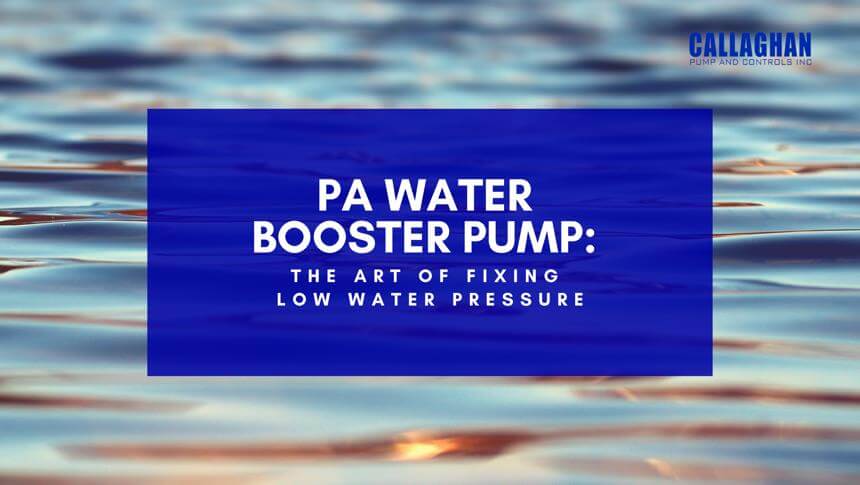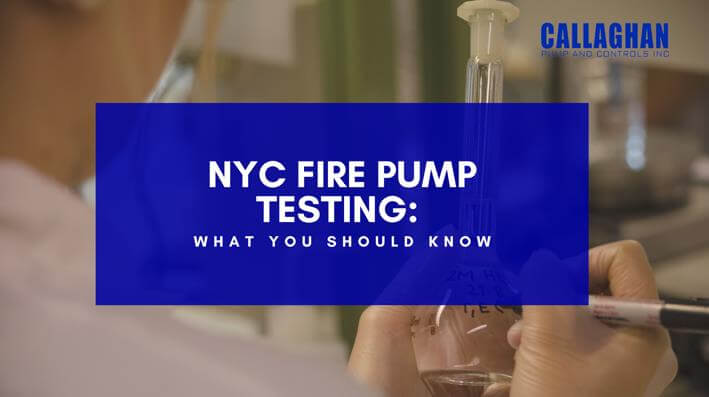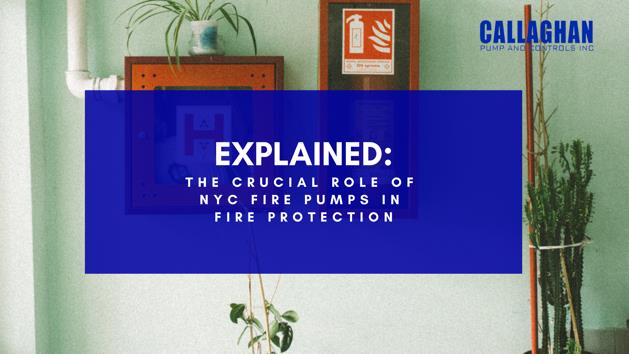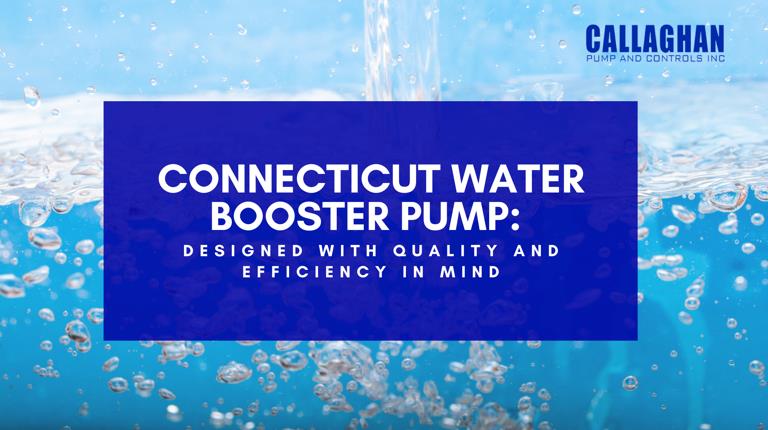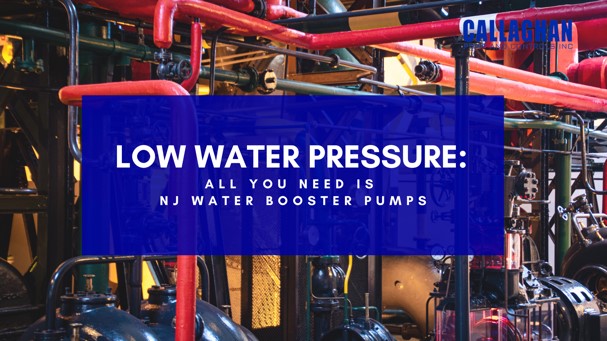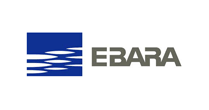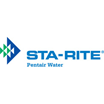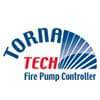Do you know how to fix low water pressure in your Pennsylvania home/office? Well, there are several ways, but the most popular one is installing a PA Water Booster Pump, especially when the low-pressure issue is due to the main water supply.
Found in high-rise buildings, restaurants, and hotels, water booster pumps are available in different shapes, sizes, and types. They are strategically designed to increase water pressure by pushing the water from your main supply and then ejecting it into your water system.
Important note: Don’t install a water booster pump directly to the main water supply, as it is illegal. Also, avoid using a booster pump if the low-pressure issue is due to clogged or leaking water pipes. In that case, consult a plumber and simply replace your pipelines.
A Comprehensive Look at the Water Booster Pump
When you are choosing a pump for boosting water from a water storage tank or well, you need to look at a few important things, such as the size and type of the building. How tall is the building? What is the required water pressure and supply? Are there any plumbing issues? And how many people are there in the building? Answering these questions will help you determine your pumping needs.
Since water storage tanks are typically used as an emergency supply for seasonal or occasional use, you can place them above or below the ground. However, it is advised to consult a professional to have a clear understanding of your requirements. In certain cases, the cause for low water pressure is the extended distance between the water tank and the point of exit. This is a common scenario in multiple-storied buildings, where the water has to travel against gravity.
Similarly, some people rely on a community tank to meet their water supply needs. In that case, buildings or homes located at the end of the supply line usually experience lower water pressure than those that are located at the front. Here, installing a water booster pump may aid in boosting water pressure.
A water booster pump is a device that uses a motor and multiple impellers to increase water flow. You can install it into a well with a water pressure regulator valve so that the system won’t get over-pressurized. In addition to that, make sure the total PSI that enters the building doesn’t exceed the building regulation code.
Meet Your Water Pressure Needs with Our PA Water Booster Pump
At Callaghan Pump, you can invest in a high-quality Pennsylvania Water Booster Pump. Whether it’s a storage tank, well, or reservoir, we will help you meet your water-boosting needs. Our products are featured in several projects, including the world’s largest package fire pump system located at JFK, the Lincoln Tunnel, the Brookhaven National Laboratory’s Ion Collider, and more.
We believe in bringing together the best of knowledge, expertise, and engineering to supply the best-in-class and state-of-the-art pumping products, including PA Water Booster Pumps. We are Pennsylvania’s most trusted name when it comes to water pump sales. Here are the top features that come with our PA Water Booster Pump:
- Automatic water pressure boosting ability
- High-quality and corrosion-resistant design
- Stainless-steel pump casing
- Consists of non-flammable materials
- Pumps that come with Yaskawa IQ
- Provided with their test results
- Suitable for both residential and commercial applications
PA Water Pressure Pumps are able to easily raise your water pressure to around 1.5 bars while ensuring easy installation, quiet operations, and low maintenance. These pumps are fully integrated, self-priming, and ideal for domestic applications. Plus, they only operate when it’s required to boost water pressure, meaning you won’t get any hefty energy bills.
To experience the effectiveness of reliable and quality water booster products, Callaghan Pump and Controls is your answer. We will help you meet your pumping needs, whether they are small or big, domestic or commercial. We have been serving the Pennsylvania area for over 14 years now and understand water-boosting projects.
The Sum Up
For those who are suffering from low water pressure, PA Water Booster Pumps are one of the best solutions out there. These pumps are able to notice a sudden change in water pressure and operate accordingly. However, make sure to check the water pressure tank, pipes, and any other additional appliances that are integrated into the water system. In addition to a water pressure booster, you can also consider installing a pressure switch and constant pressure valve.
Thank you for taking the time to read this article. If you have any queries regarding our PA Water Booster Pump, don’t hesitate to contact us.

